User pain points
The first user research method I used was a survey, to narrow down the scope of the project and highlight some common user pain points in the buying and owning of flat-pack furniture.
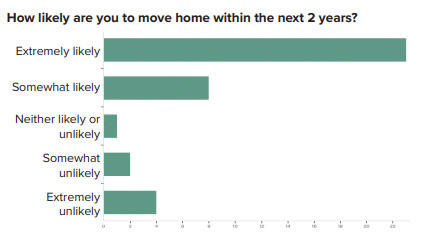
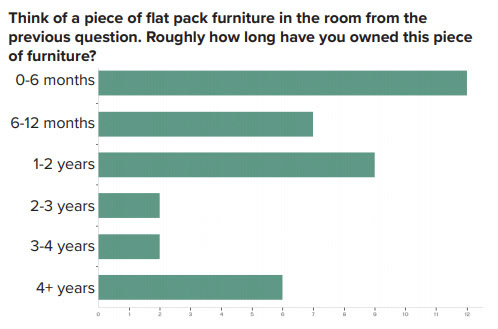
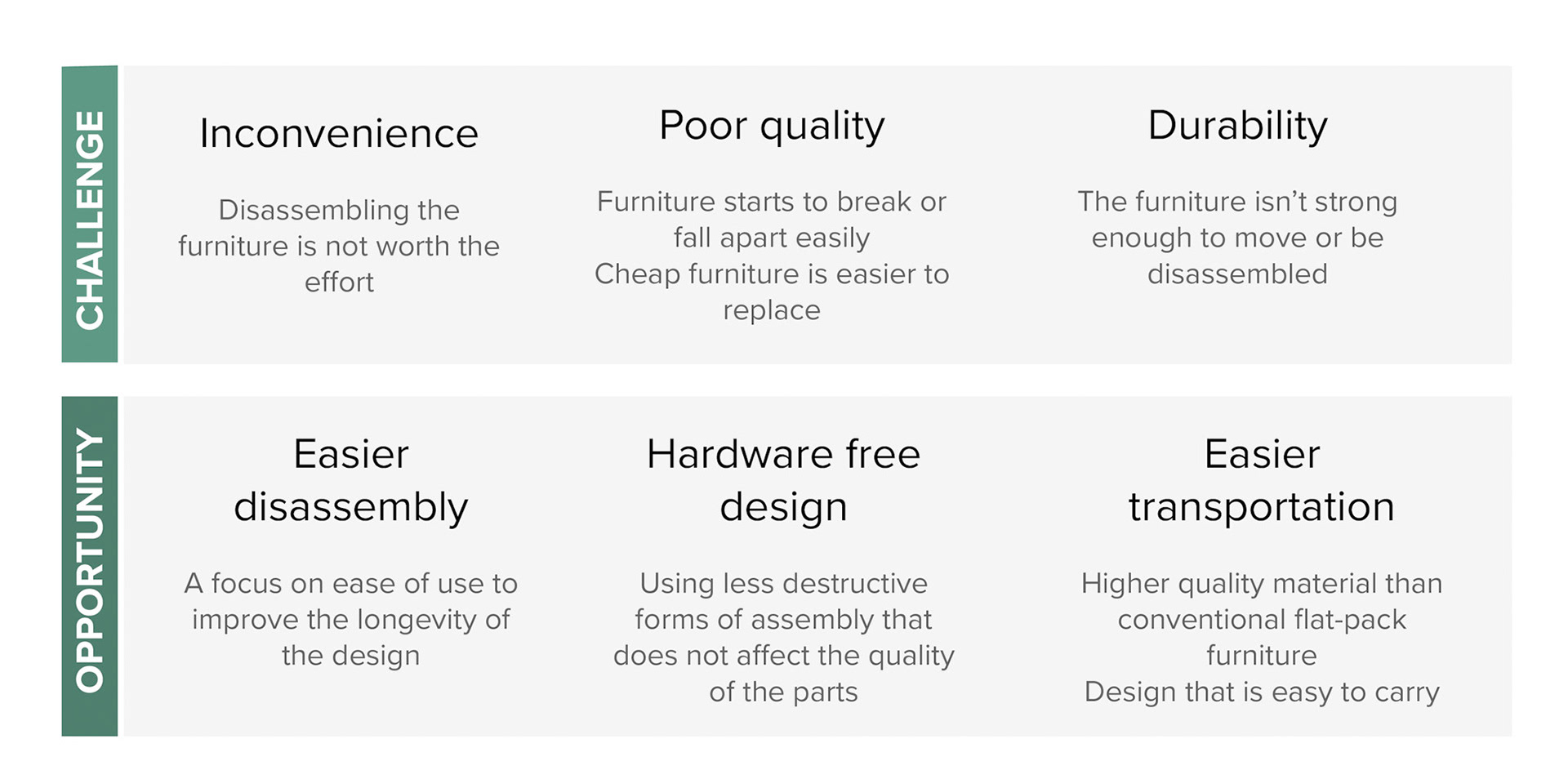
User and expert interviews
I used interviews to probe target users' furniture buying and use habits, and the main motivations behind their decisions. Cost, convenience and short term need were the priorities for young renters, which influenced the rest of the design process.
Ethnographic research
Seeing the difficulties users faced when trying to disassemble a piece of furniture safely helped add ore detail tot he specific problems with current furniture options. It was useful to see a user's problem solving process and the tools they reached for first.
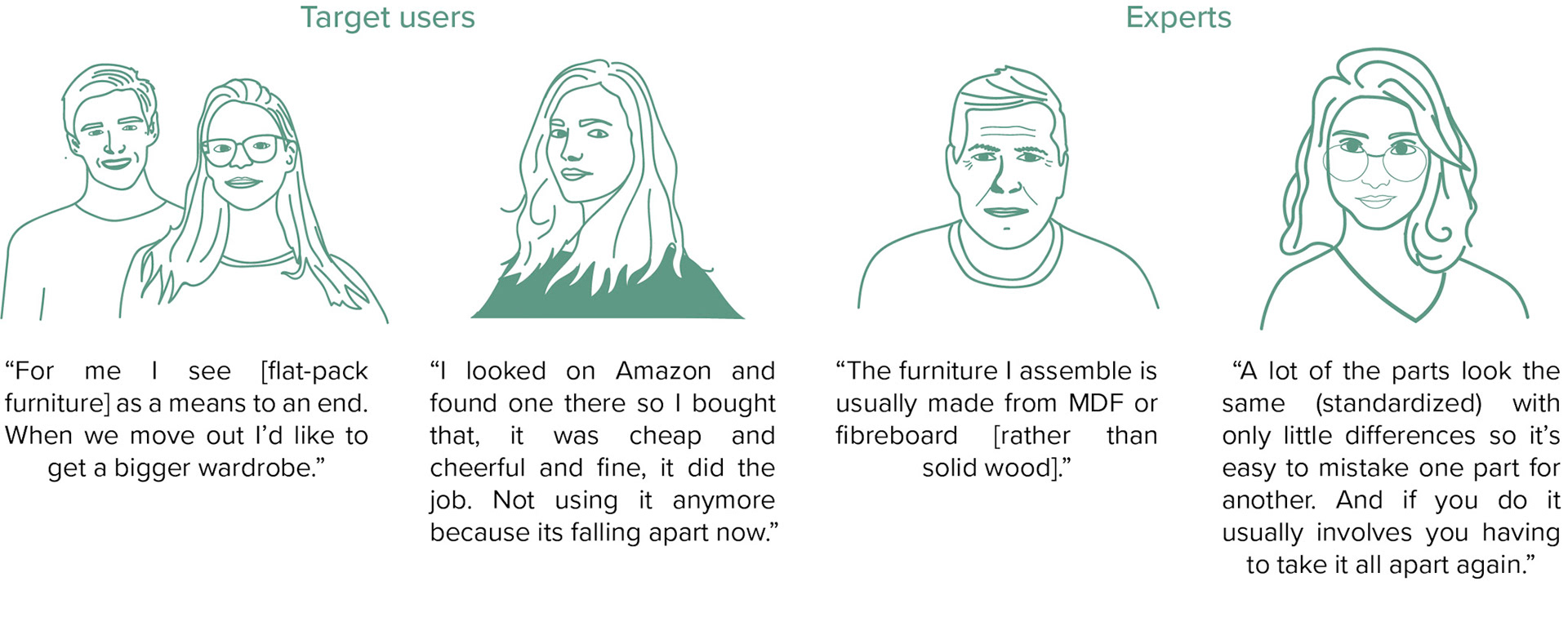
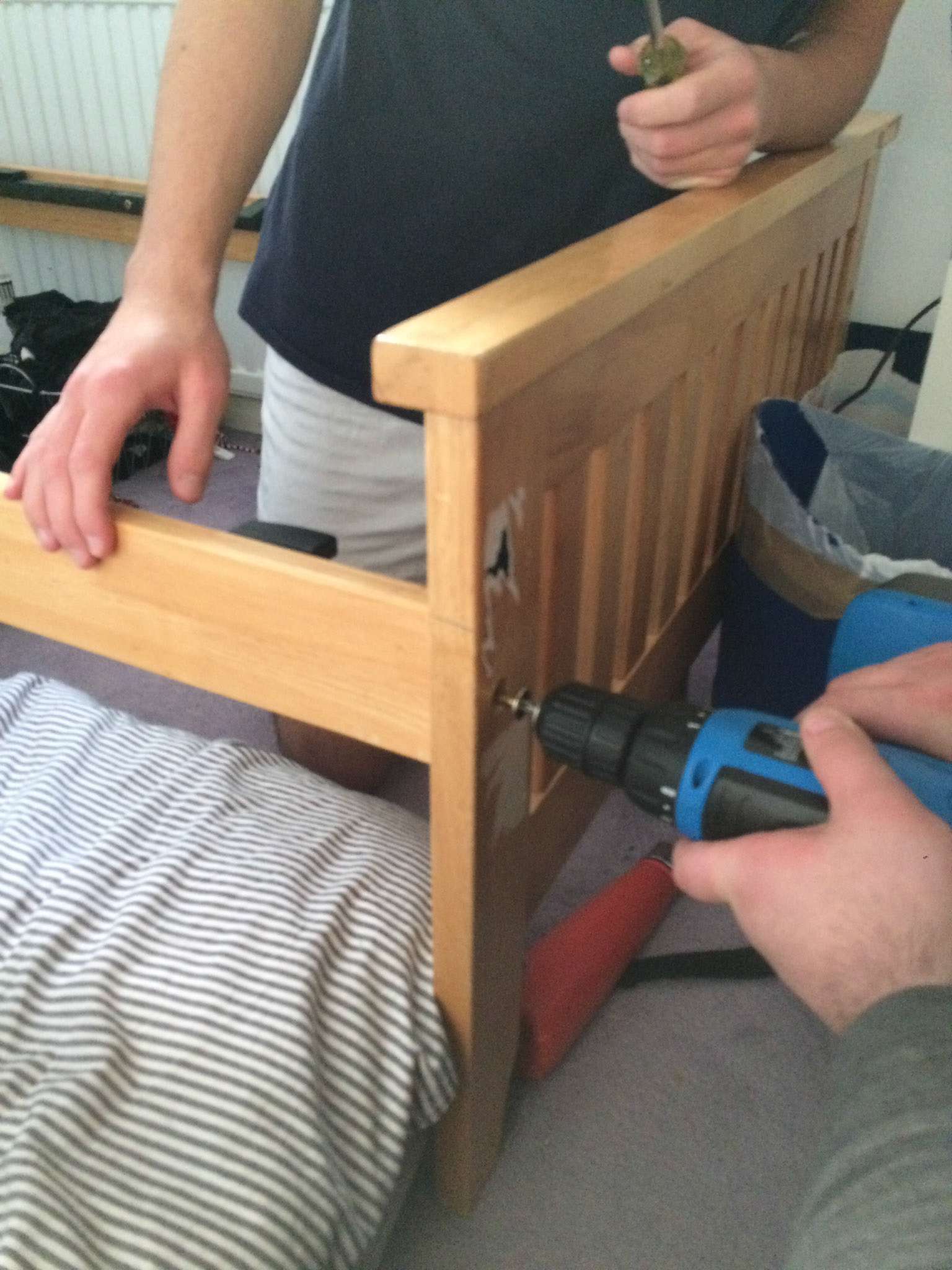

Insight tools
I created a user journey map, highlighting the pain points and emotions that come with buying, using and moving with furniture. An in-depth user persona was also a useful tool to share with others involved in the concept generation stage.

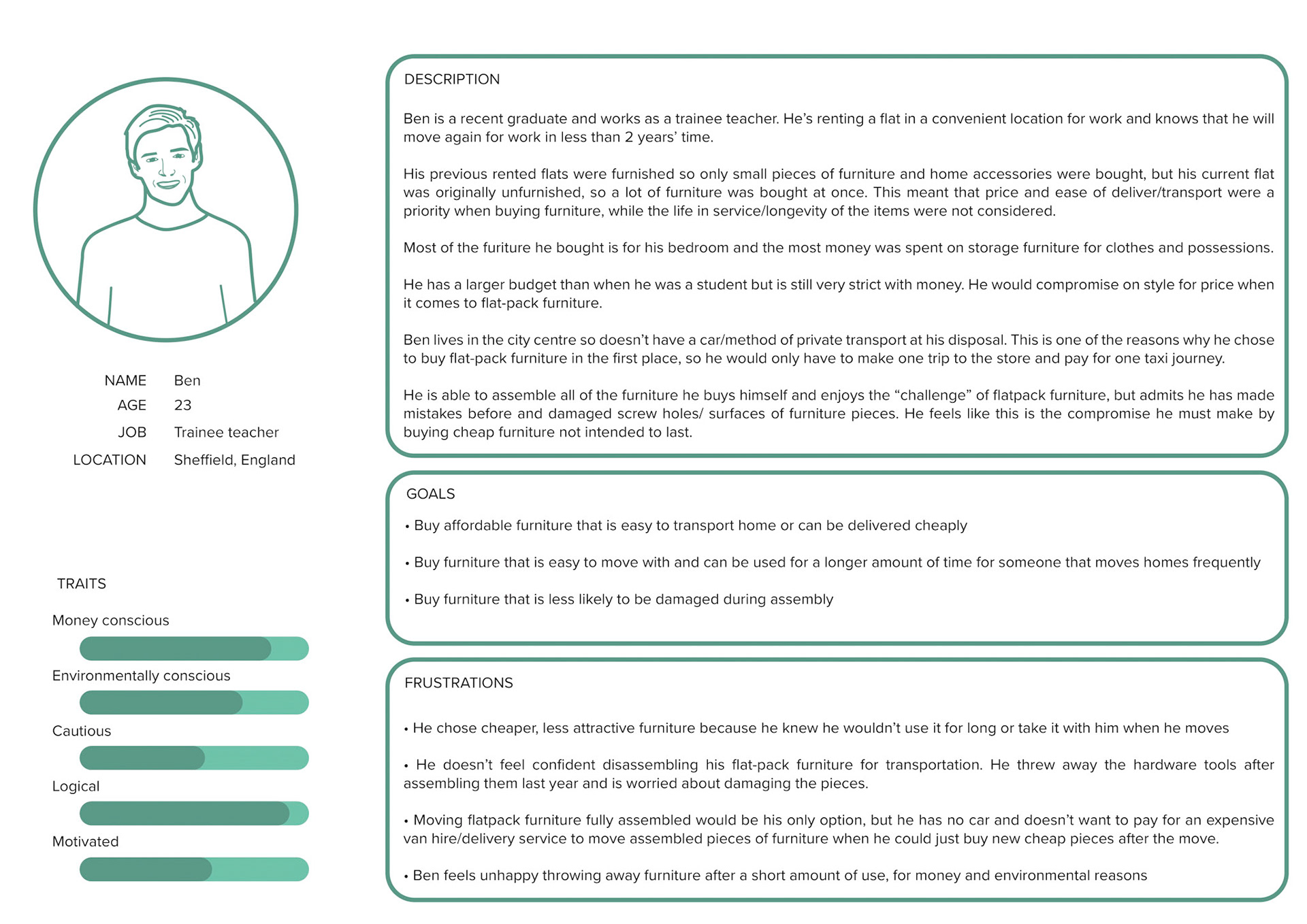
Idea and concept generation
The user research helped to define key user needs including disassembly, transportation and multifunctionality. I chose to use a function tree to frame the concept generation process, helping to produce a variety of different designs to take to users for feedback. "Mix and matching" these functions helped me get to the core opinions of each user need solution from feedback, rather than just the design's aesthetics.
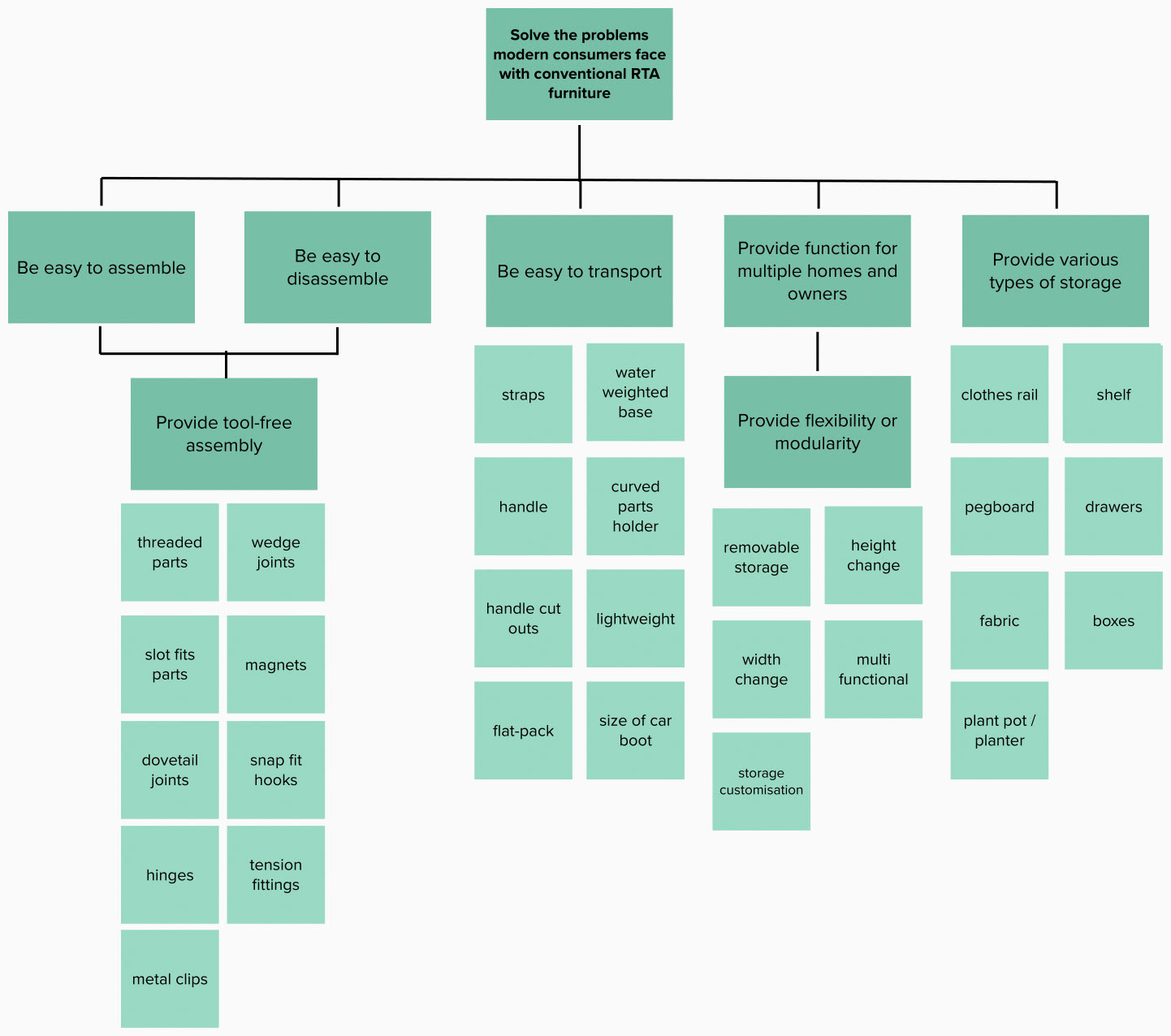
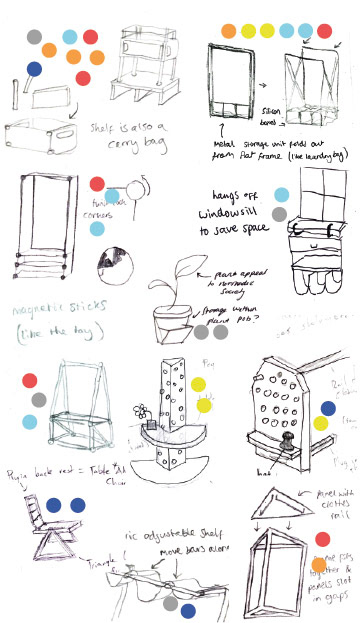
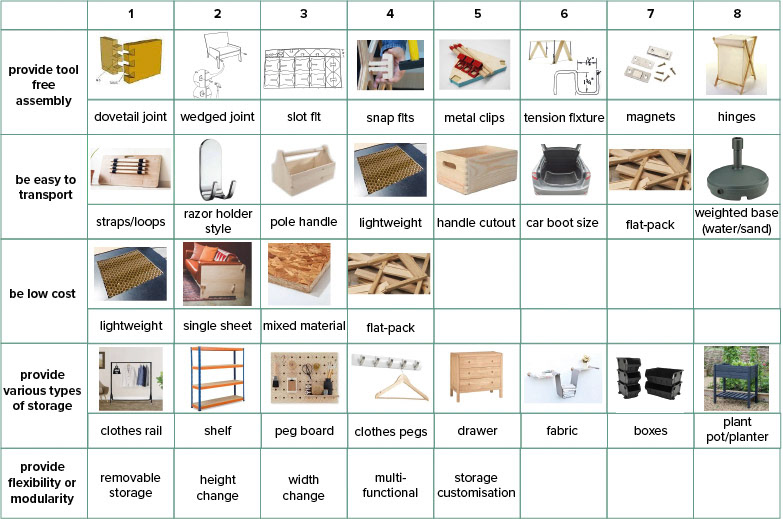
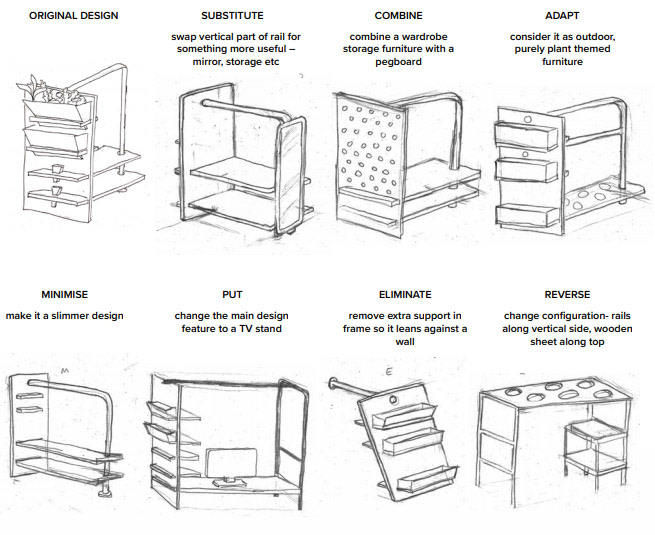
Prototyping and development
Users were at the centre of every design stage, including prototyping. I created scaled prototype models of the favoured designs and had an informal concept evaluation session where users could interact with the models. The designs were developed from this session's insights and a full-scale prototype was created to test feasibility.
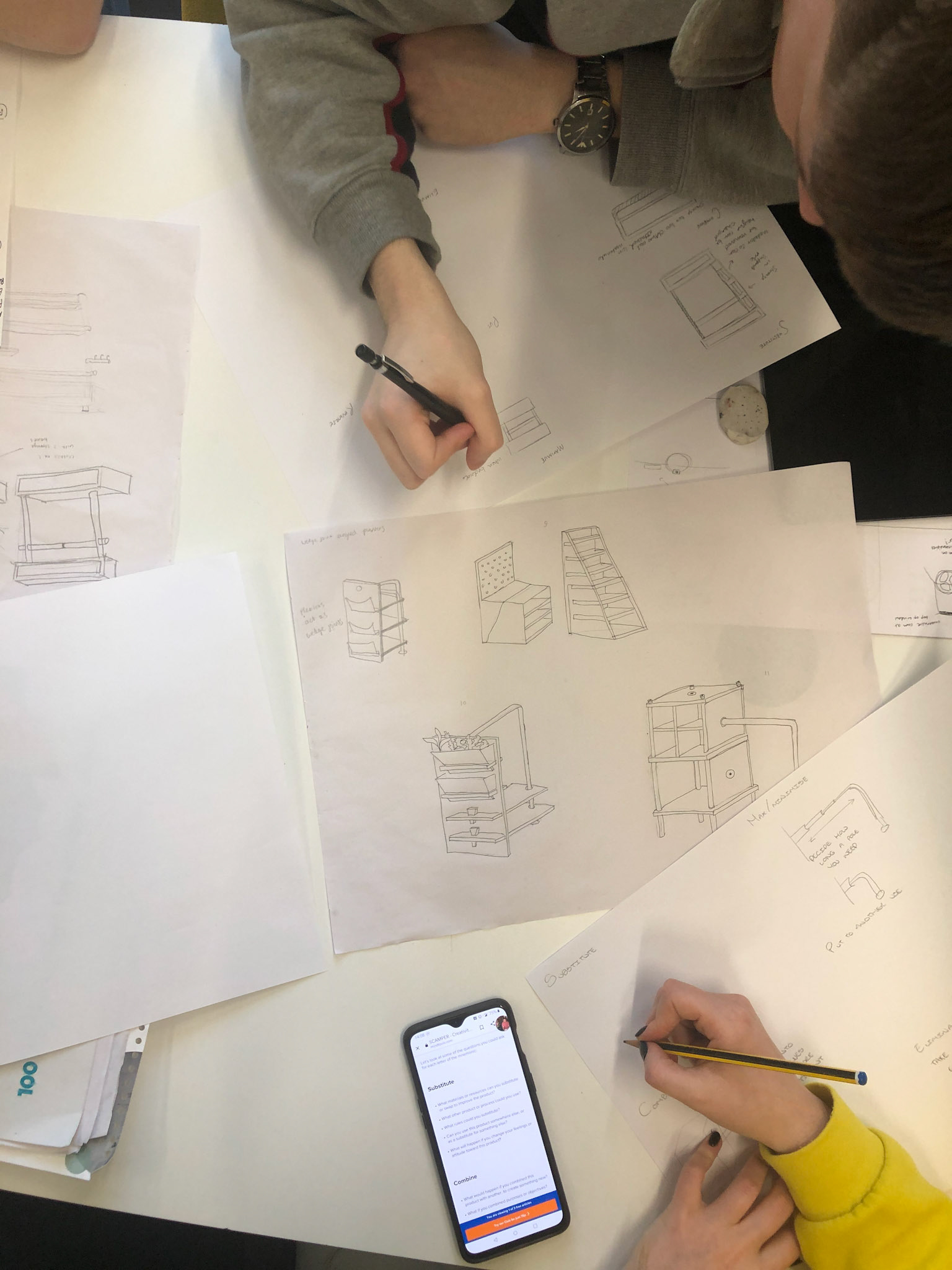
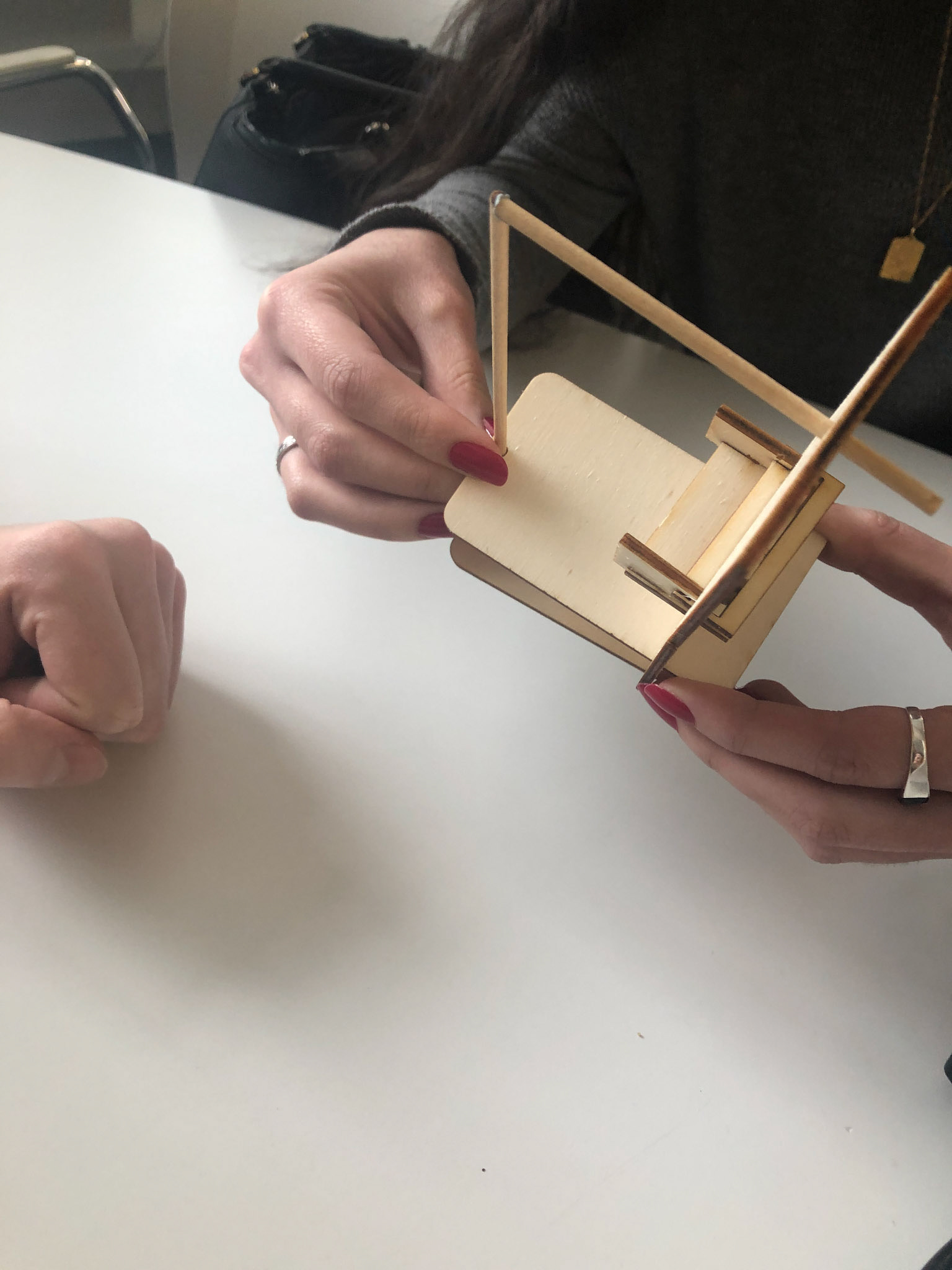
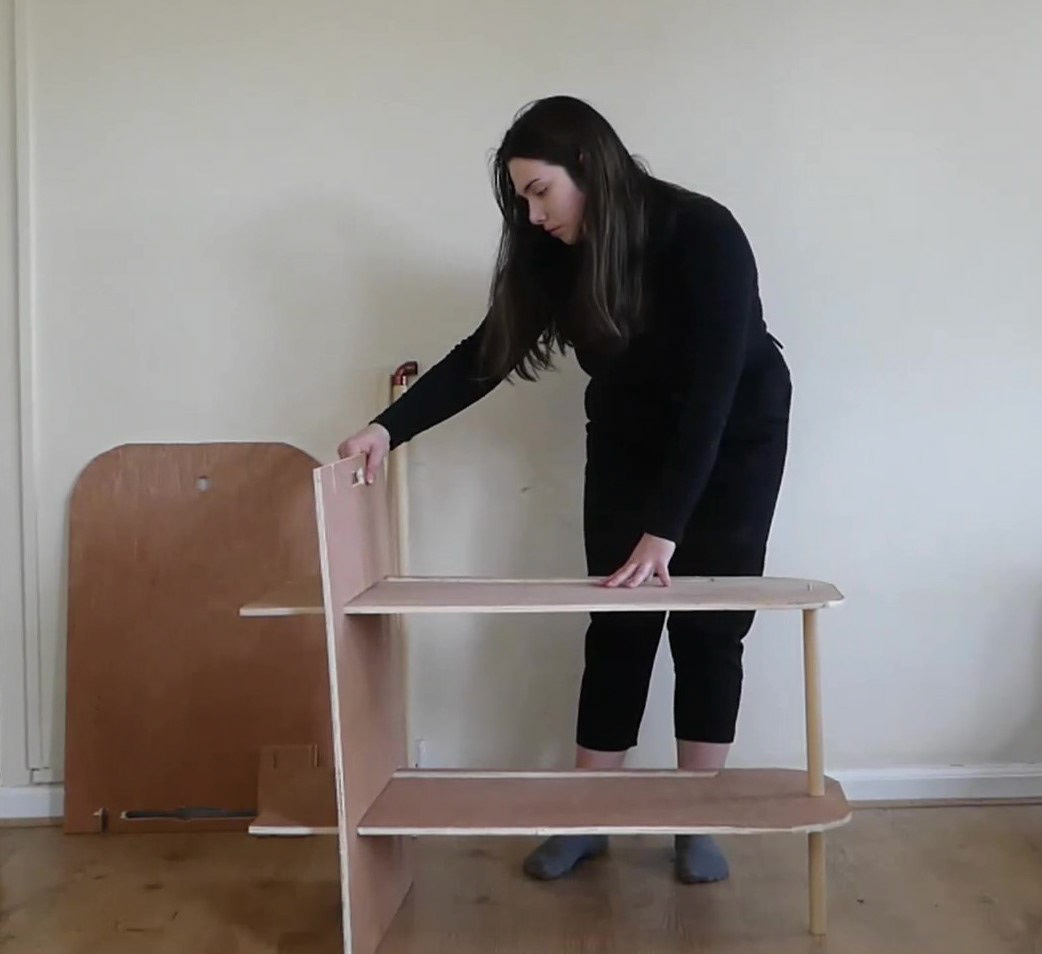
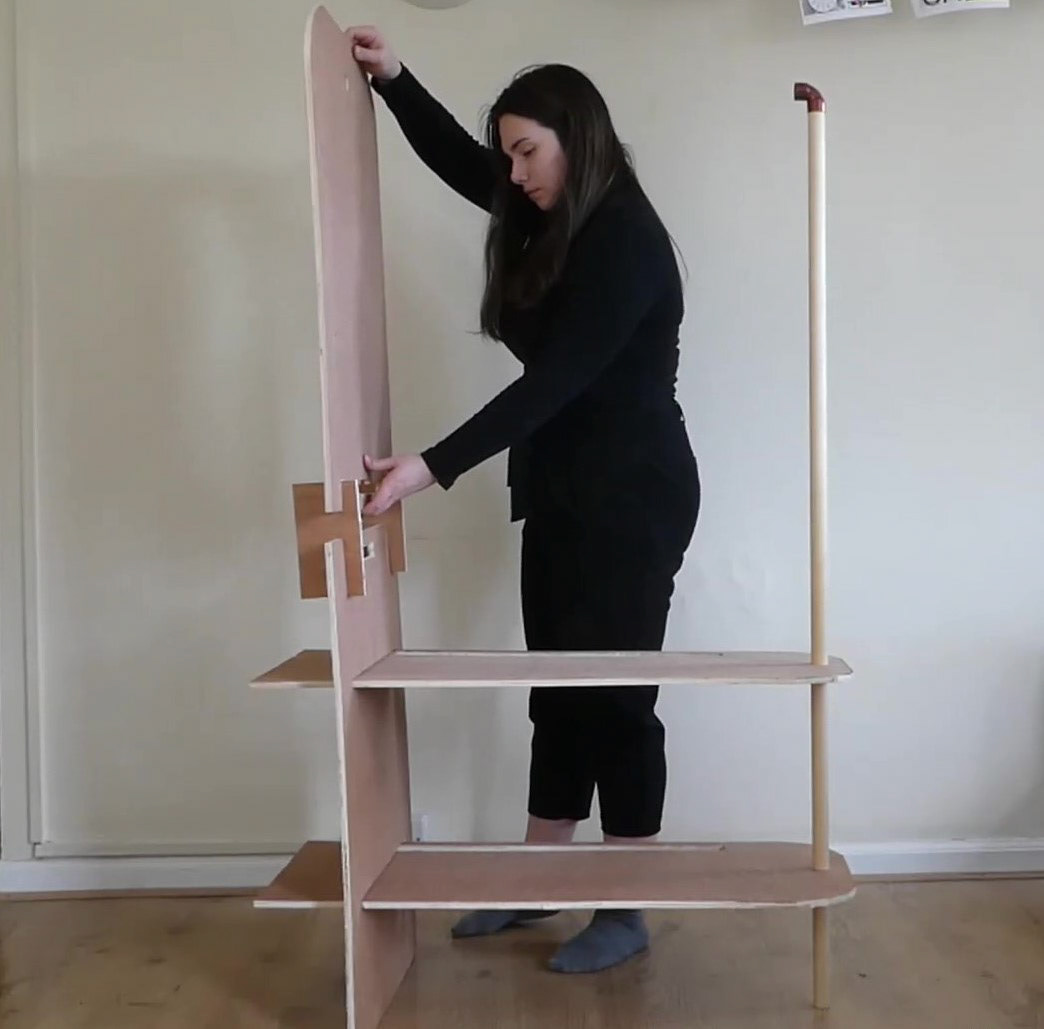
Successes
I was able to work within the constraints that COVID-19 brought, adapting my prototyping stage to suit the materials and resources I had available. I was still able to create a prototype that communicated the product's functions and need in modern life.
Lessons learnt
This was a university project, so there was a need to focus on the design process/methodology more. However, I found it demotivated me to stick rigidly to a design process (Ulrich and Eppinger). This project helped me to realise I work best within a more flexible or hybrid framework and have been able to use this to my advantage in more recent projects.

